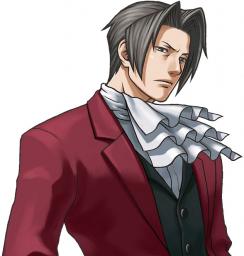Case
Dress code
Recently, the girls in a middle school have started wearing thick black headbands to school. As part of our school dress code, bandannas are not allowed to be worn in anyway at school, however, as these were not bandannas, they were permitted. Then, boys started wearing the headbands as well. They would often share with the girls but some of them had their own headbands. Our principal made an announcement on the morning news that boys would no longer be permitted to wear these headbands and even showed an example. He also sent an email to the teachers asking them to enforce this new rule. The majority of the boys complied, but a few are wondering why girls were still allowed to wear the headbands and boys were not, suggesting that it was discrimination. How would you justify this policy to your students?
Solution #1
I found your solution to be well thought out and very helpful!
I would never tell a boy that he cannot wear something because it is purchased in the girls section. Either gender can wear items from any section of the store. It's personal preference.
To be honest, I've never heard that male students are not allowed to wear dresses. That sounds like a Title IX violation to me. Even in 2015 when this post was made, I can't imagine telling students this when LGBTQ+ students are coming out and starting to come to terms with their identity.
Solution #2
I agree. Dresscodes should not specify which gender can wear which article of clothing. Simply, "skirts must be no shorter than one inch above knee." or "No headbands thicker than one inch are to be worn at school." Rather than, "Only girls can wear skirts." or "Boys may not wear headbands."
Solution #3
Solution #4
Solution #5
Solution #6
Solution #7
Solution #8
I would never tell a boy that he cannot wear something because it is typically worn by girls. That could emotionally and psychologically disturbing to the child who may be confused or told something different at home.


